
Can You Run Out Of Oxygen In An Elevator?
May 20, 2021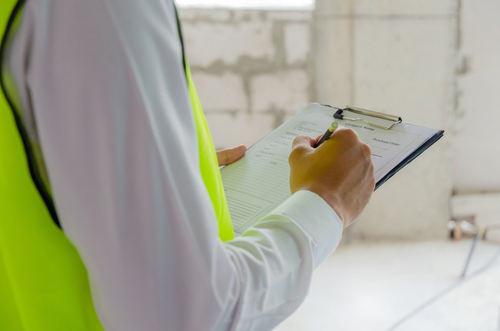
Lift Maintenance Checklist in Singapore
August 23, 2021How Do You Do Lift Maintenance?

How Do You Do Lift Maintenance? Lifts should always be in good functioning order. This is critical, especially in a lift, to maintain safe mobility. People can productively move around the premises without any issues. Consumers, workers, and even ordinary people should not be exposed to any hazards or effects as a result of the lift’s poor maintenance.
To ensure this, the elevator must be properly maintained at all times, ensuring that no one’s safety is jeopardized. You can utilize the following lift maintenance suggestions to guarantee that the lift is well-maintained and that people are safe:
1. Keep track of the lift’s functional faults
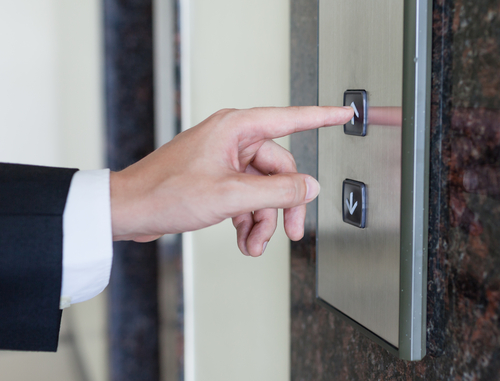
By keeping an eye on the troublesome patterns, one can obtain a safe and well-maintained lift. To do so, keep track of the occurrence of operational faults and the resulting service fixes. This will undoubtedly aid in the prediction of future crises, allowing essential procedures and preventative measures to be taken.
This approach aids in a thorough examination of the issue. This is a time-saving method that allows you to arrive at a solution more quickly.
2. Check on the lift daily
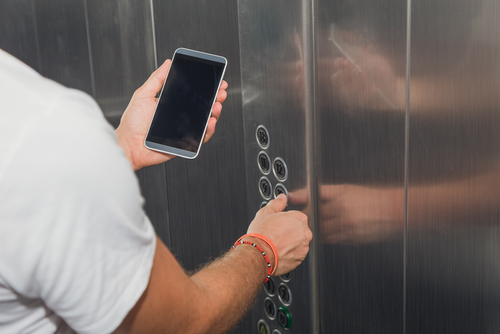
These tests and assessments should be reliable and straightforward. The proper operation of the lift buttons, internal maintenance, and smooth movement of the lift’s body must all be checked. Any complicated repairs should be left to the pros.
Personal and independent inspections might be hazardous to both you and the lift. You can use a tracker on these exams to ensure that no one’s life is jeopardized. They will assist with the lift if you do not leave even the tiniest area. These mini-checks have the potential to save a life.
3. Don’t keep any devices that aren’t working around

For example, equipment such as a burned-out light bulb, a defective fan, or faulty buttons should not be overlooked. Keep the other equipment safe and ensure that they are fixed or replaced as soon as possible to avoid any serious mishaps. If you discover any equipment that isn’t operating, you should contact your lift-service contractor right away.
4. Avoid using industrial cleaners
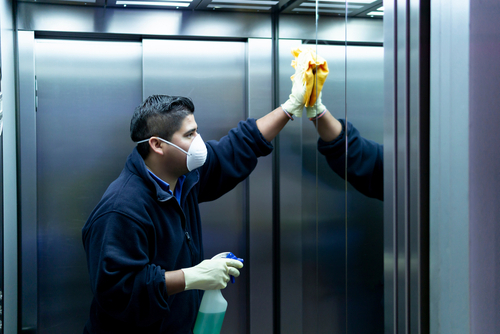
Industrial cleaners include powerful chemicals that can do significant harm on the outside. It not only destroys and damages the lift’s metal, but it also causes internal harm. This may cause the elevator to operate inefficiently. Make sure you ask your lift contractor about the type of cleaner to use before you start cleaning the lift.
5. Don’t forget to follow the weight-loss suggestions

There is a weight limit on every lift. This limit cannot be exceeded by materials or humans. Ensure that the manager is aware of these restrictions during periods of heavy goods transportation and that suitable precautions are taken. This is necessary to keep the mechanics and processes running smoothly.
It is important to understand that exceeding this limit will influence the lift’s movement and operation. The damage rate will skyrocket, putting passengers in the lift at risk as well. To avoid problems, adhere to the rule of not exceeding 1/4th of the limit. This rule will be advantageous, particularly in the corporate world.
6. Before taking any action, contact your lift repair firm

Any activity that affects the lift must be preceded by a call to the lift’s corporate services. For the sake of people’s safety, independent thinking and activity should be avoided. Consider it a precautionary measure to ensure that no one is harmed. Any problem should be left to the lift maintenance specialists to fix because they are well-trained to deal with such scenarios. This will not only protect the innocent, but it will also save money in the long run.
7. Hire an expert to maintain your lift
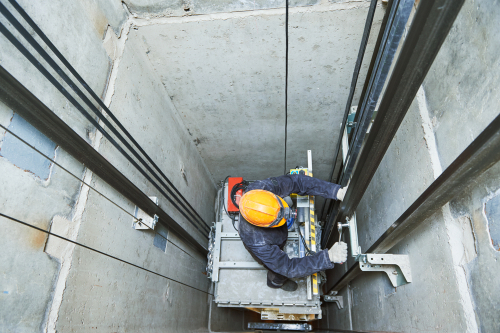
Remember to keep the corporate service’s cell phone number on hand at all times. This is a critical step in ensuring thorough upkeep. Any problem, no matter how trivial or major, is best planned and implemented by corporate service professionals. The summons must be added to the lift maintenance schedule at the time of repair required.
Make sure you catch even the tiniest flaws, such as strange noises, slowness, default opening and closing, and so on. Please contact them as soon as you see them.
8. Follow the weight-loss recommendations
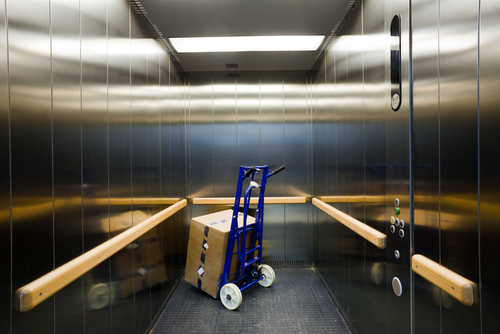
If your elevators are used to convey goods or other large items, be sure the people in charge of the process are aware of the weight limits. Overloading an elevator can cause the mechanisms to wear down faster, causing bumps and pauses in the ride. In the worst-case scenario, this can put occupants within the elevator in danger as it moves.
Avoid transferring anything in the elevator that weights more than a quarter of the elevator’s overall maximum capacity. If these requirements are critical, you should consider adding a second dedicated service and repair elevator.
9. Go to the Machine Room and Check-In
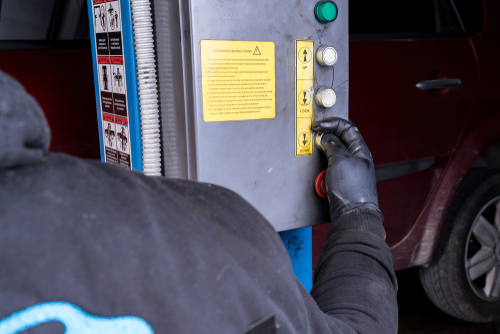
Smoke detectors and fire alarm systems should be tested. Check oil levels and make sure all systems are greased appropriately. Check for fraying or flaws in electrical wiring. Ensure that technicians have sufficient headroom. Remove anything that makes it difficult to get to the equipment.
10. A power outage

A power outage, arguably one of the most unpleasant situations on our list for lift riders, may be a terrifying experience. A power outage can result in a lengthy operation to liberate any passengers and get your lift back up and running, ranging from flickering lights to a full breakdown of the machine in the issue.
Of course, a power loss might be caused by a city-wide outage, but the most usual cause is a problem with the engine. Lifts consume a substantial amount of energy and can place a significant burden on the building’s electricity system. Changes in the system’s voltage are a common cause of this issue, which can damage the motor.
If your elevator has a history of motor failures, a power quality survey may be in order. This procedure will allow a technician to check for the presence of ‘clean’ electrical energy in your system. This is commonly done using infrared thermography, which provides a clear visual of any power fluctuations or damaged components in the motor to the repair expert.
How Do You Do Lift Maintenance? – Conclusion

When working with machines, it’s easy to lose sight of the safety requirements. The operation and mechanism can be kept in good condition through constant lift maintenance. When it comes to an individual’s safety, it is favorable. By following these guidelines, one can create a well-maintained lift while remaining entirely safe.




